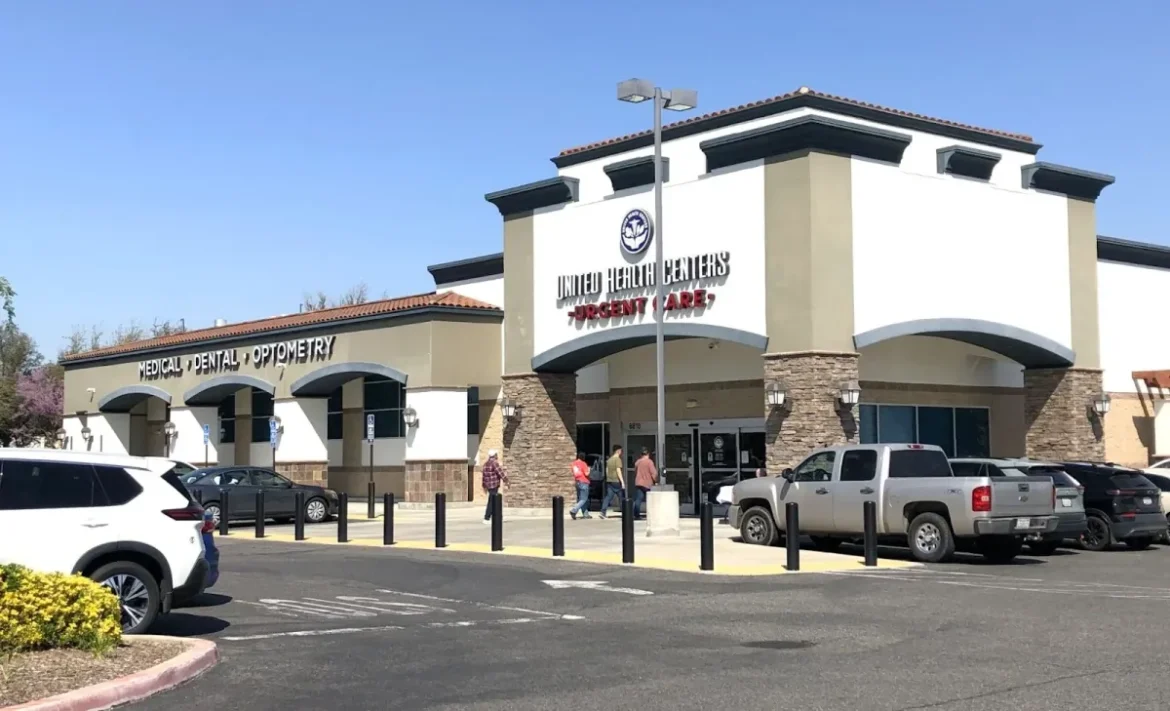Community health centers across the United States face potential service disruptions after the federal government failed to renew funding under the Community Health Center Fund.
The lapse affects more than 30 million Americans who rely on these centers for medical, dental, vision, and mental health services.
The funding expired when Congress did not approve an extension, leaving health centers without a major source of financial support. These centers primarily serve low-income, uninsured, and underserved populations, many of whom use them as their main source of healthcare.
“Without this funding, many of our centers will struggle to keep their doors open,” said Dr. Alicia Morgan, a primary care physician at a community health center in Texas. “Patients who already face barriers to care will be forced to travel farther or go without treatment.”
Administrators warn that without renewed funding, centers risk reducing services, laying off staff, or closing facilities.
“We are preparing contingency plans, but the reality is we cannot sustain the same level of service without federal dollars,” said Mark Alvarez, director of a health center in rural Ohio.
The loss of funding comes as demand for services continues to grow. Many centers had recently expanded to meet community needs, but now face financial uncertainty. “We are seeing more patients than ever before, but we may have to scale back at the exact moment our communities need us most,” Alvarez added.
The Community Health Center Fund, first established in 2010, has been a recurring point of debate in federal budget negotiations. Lawmakers have not yet reached an agreement on restoring or increasing the allocation.
Some states and organizations have provided temporary support through local funding or private donations. However, health officials said these measures are not enough.
“Stopgap funding helps, but it cannot replace the stability of long-term federal investment,” said Louise Chen, spokesperson for the National Association of Community Health Centers.
Healthcare advocates continue to urge Congress to act. “Every day of inaction puts more patients at risk,” said Chen. “This is not just about dollars—it’s about whether families can access preventive care instead of ending up in the emergency room.”
For now, many health centers rely on temporary measures while waiting for federal action. Community partnerships and local government initiatives attempt to fill gaps, but uncertainty remains over how long centers can continue current levels of service.

